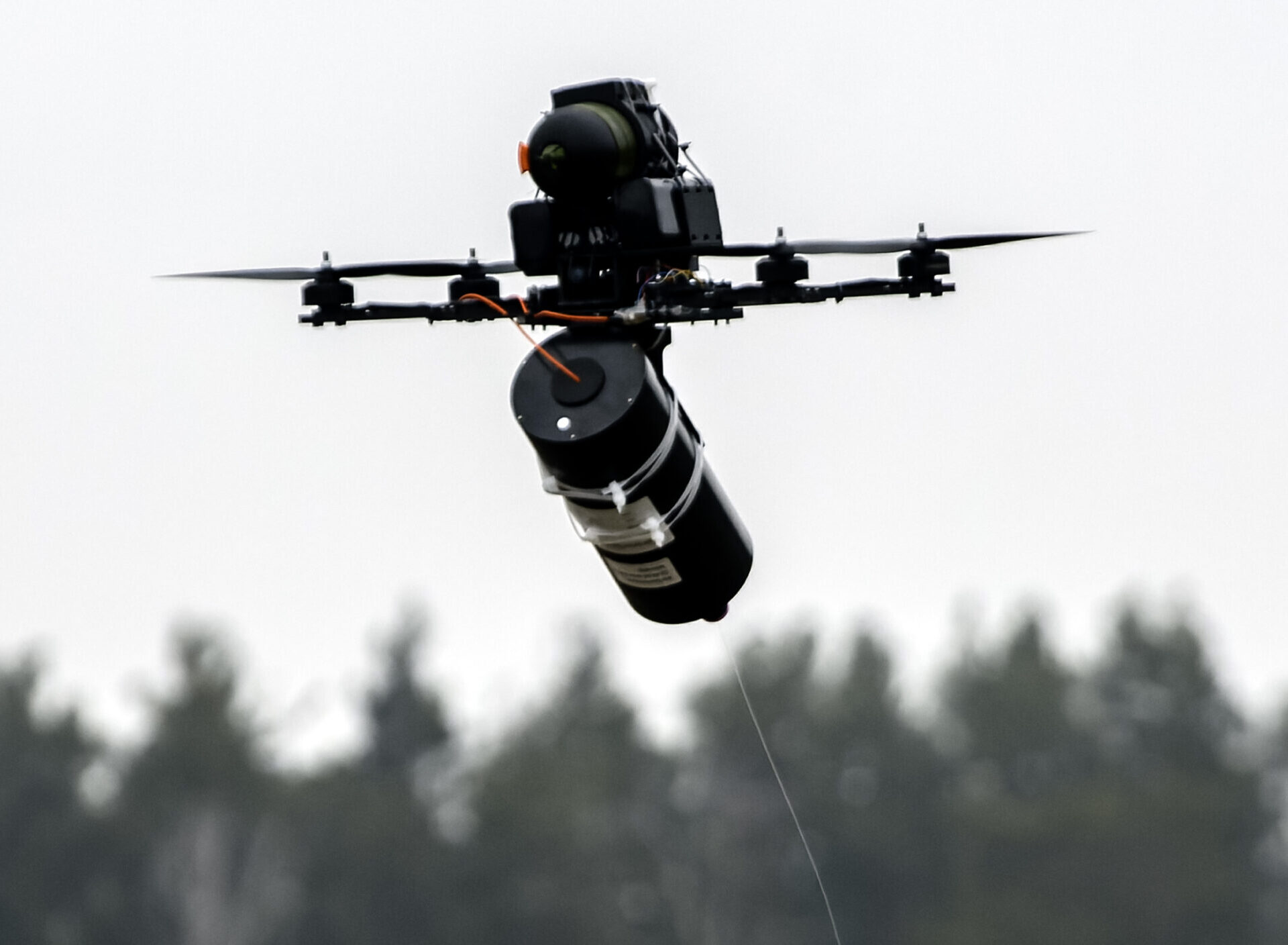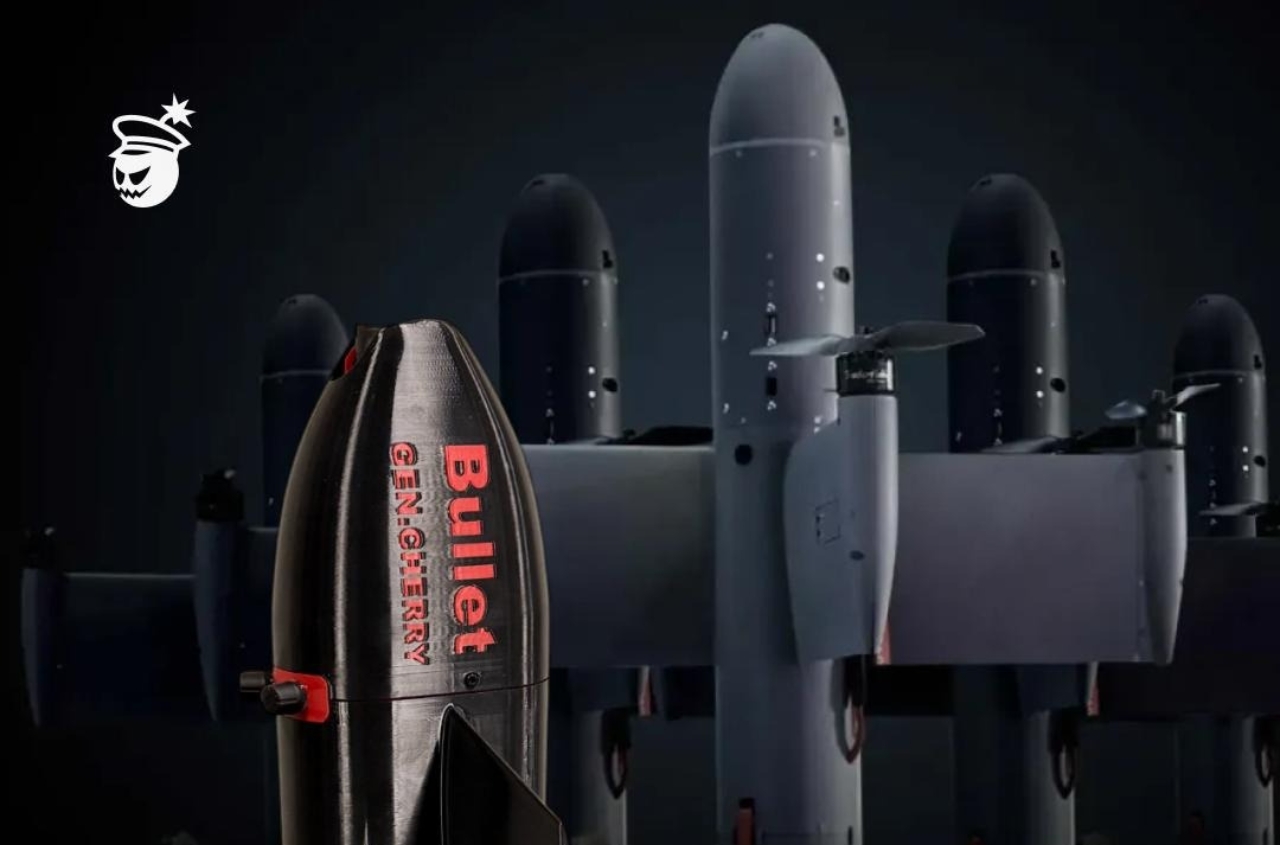The Russian army has begun using new jamming‑resistant drones on the front that are controlled via fiber‑optic cables and have ranges of up to 50 kilometers, First Vice Prime Minister of Ukraine and Minister of Digital Transformation Mykhailo Fedorov told Business Insider.
The official stressed that the new Russian systems “are really affecting our logistics.” According to him, Ukrainian forces are already working on counter‑technologies — developing and testing various methods in several brigades.
“Fiber‑optic drones have shown that systems immune to electronic warfare pose a significant threat to supplies and personnel,” he said.
Such drones are controlled via reels of long cable that maintain a constant link with the operator, making them virtually invulnerable to electronic warfare suppression and increasing their battlefield effectiveness. At the same time, intercepting one of these systems is extremely difficult: Business Insider notes that the best chance to shoot down an optical‑fiber FPV drone is to hit it with a shotgun, which requires quick reaction and luck.
Typically, fiber‑optic drones have ranges of 10 to 25 kilometers. However, the outlet notes that both Russian and Ukrainian engineers are actively trying to extend that range. An October report by the Institute for the Study of War (ISW) said that Russian developers had created fiber‑optic FPV drones with ranges up to 50 kilometers, though that information has not been officially confirmed.
Fedorov said he first learned about such systems several weeks ago when they began appearing in Donetsk region. He noted that operating these drones is not easy:
“they are susceptible to wind, heavy, and must overcome physical obstacles.” In addition, the cable reel makes the system bulky and slow. Nevertheless, the minister emphasized, “they are being used, including in the Pokrovsk area.”
Drone experts interviewed by Business Insider believe that creating fiber‑optic systems with ranges over 40 kilometers is technically possible but involves a number of challenges. The weight of the reel limits payload and forces a reduction in warhead size. If the drone frame is enlarged to compensate, the system loses maneuverability, reducing combat effectiveness.
Fedorov said Ukraine is adapting to the new threat by developing interception systems, setting ambushes, and even attempting to cut the cables that keep the drones aloft.
“We are looking for a way to respond, and this will likely push the battlefield toward autonomous drones, which we expect to be the next phase of the war,” he said.


















